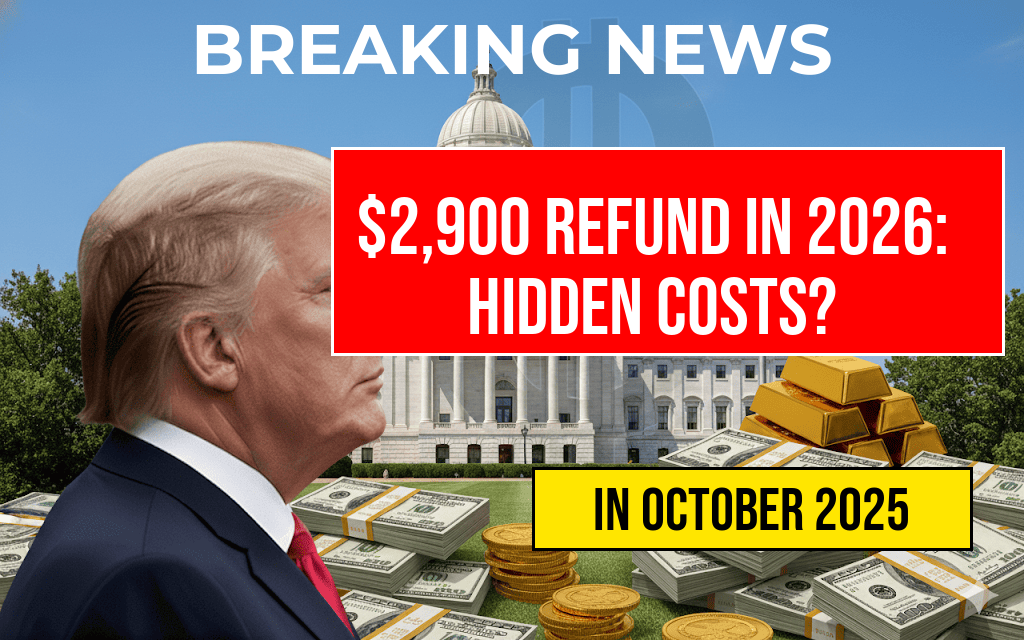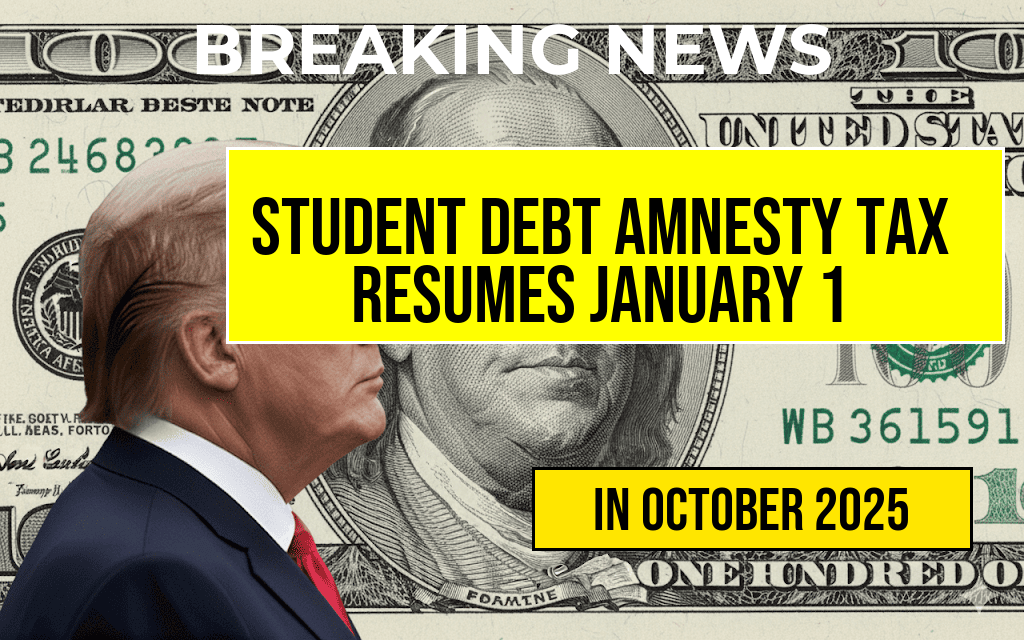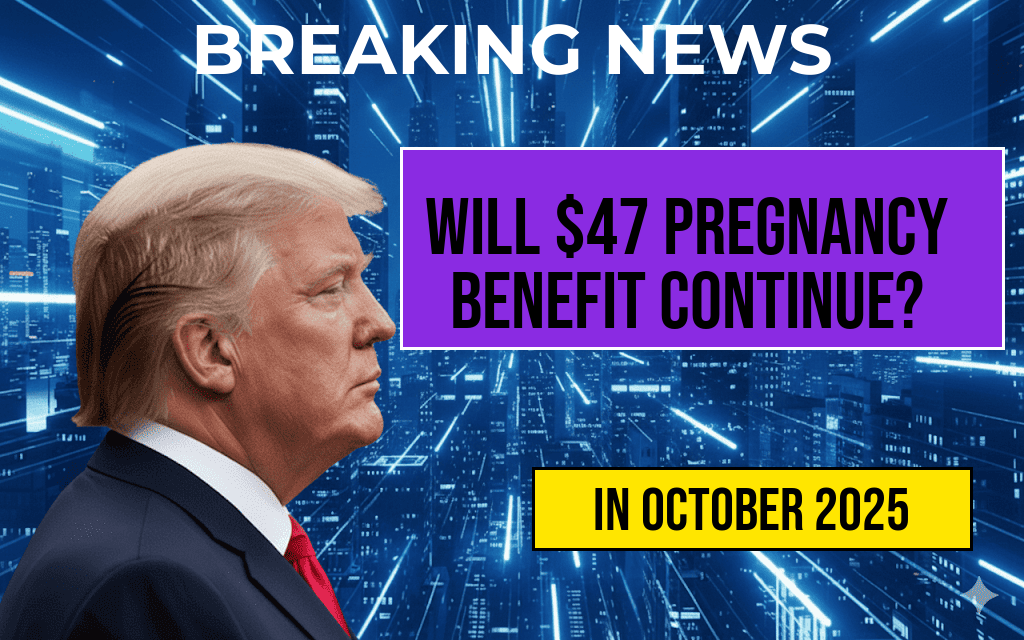In a bold fiscal proposal, Republican lawmakers have introduced a plan that could provide an average refund of $2,900 to households by 2026. This initiative, positioned as a means to alleviate financial pressure on families and stimulate economic growth, has sparked considerable debate. While proponents celebrate the potential benefits, critics warn of hidden costs that could accompany such a substantial refund. This article explores the proposed plan, its implications for taxpayers, and the broader economic landscape it may influence.
Understanding the Proposal
The GOP’s refund initiative is designed to return a portion of tax revenues to American households, particularly benefiting middle and lower-income families. The proposal aims to stimulate consumer spending, which is critical for economic recovery post-pandemic. Lawmakers argue that this refund could help offset rising costs of living and provide families with much-needed financial relief.
Projected Economic Impact
According to the GOP, the proposed refunds could lead to a significant uptick in consumer spending. Economists suggest that increased household disposable income typically results in higher spending on essential goods and services, which could, in turn, boost local economies. Supporters highlight that the refunds could help families manage expenses related to housing, education, and healthcare.
Potential Benefits
- Increased Disposable Income: Households would have more funds to allocate towards necessary expenses.
- Economic Stimulus: Higher consumer spending could lead to job creation and business growth.
- Targeted Support: The proposal aims to prioritize assistance for lower-income families who may benefit the most.
Critics Raise Concerns
Despite the optimistic projections, critics caution against the potential drawbacks of the refund plan. Concerns revolve around the sustainability of funding such a large-scale initiative, especially in the context of rising national debt and budget deficits. Some analysts argue that the refunds could lead to cuts in essential services or increased taxes elsewhere.
Hidden Costs to Consider
- Funding Sources: The plan’s financial viability may require reallocating funds from other programs, potentially undermining social services.
- Inflationary Pressures: Increased consumer spending without a corresponding rise in production could exacerbate inflation, negating the benefits of the refunds.
- Long-term Economic Implications: Critics warn that relying on one-time refunds could create a cycle of dependency rather than fostering sustainable economic growth.
Alternative Perspectives
Some fiscal experts advocate for a more comprehensive approach, suggesting that long-term solutions should focus on structural reforms rather than temporary financial relief. Proposals such as tax reform, improved job training programs, and investments in infrastructure could yield more sustainable economic benefits without incurring additional risks.
Public Opinion on the Refunds
Public reaction to the GOP’s proposal is mixed. While some families express relief at the prospect of receiving financial support, others remain skeptical about the feasibility and potential trade-offs involved. A recent poll indicated that approximately 60% of respondents support the idea of household refunds, but many are concerned about how it would be funded.
| Opinion | Percentage |
|---|---|
| Support for Refunds | 60% |
| Concern over Funding | 70% |
| Unsure | 20% |
Looking Ahead
As the proposal gains traction in Congress, the debate surrounding its implementation continues to evolve. Economists and policymakers will need to carefully weigh the potential benefits against the associated risks. The outcome of this initiative could set a precedent for future fiscal policies in the United States, affecting millions of households across the nation.
For further coverage on the economic implications of proposed tax reforms, visit Forbes or consult Wikipedia for a historical perspective on tax reforms.
Frequently Asked Questions
What is the GOP proposal regarding household refunds in 2026?
The GOP proposal suggests that the average household will receive a $2,900 refund in 2026. This initiative is aimed at providing financial relief to families, but it may come with certain hidden costs.
What are the hidden costs associated with the proposed refund?
The hidden costs may include potential cuts to essential services, increased taxes elsewhere, or reduced funding for social programs that could affect the average household in the long run.
How will the refund impact the overall economy?
The proposed $2,900 refund could stimulate consumer spending in the short term, but it might also lead to inflationary pressures or increased national debt if not properly funded.
Who qualifies for the $2,900 refund?
While the proposal targets the average household, specific eligibility criteria have yet to be detailed. It is expected that income levels and family size may play a role in determining who qualifies.
When will the refund be issued to households?
The $2,900 refund is expected to be issued in 2026, but the exact timeline and method of distribution have not been clarified in the proposal.






